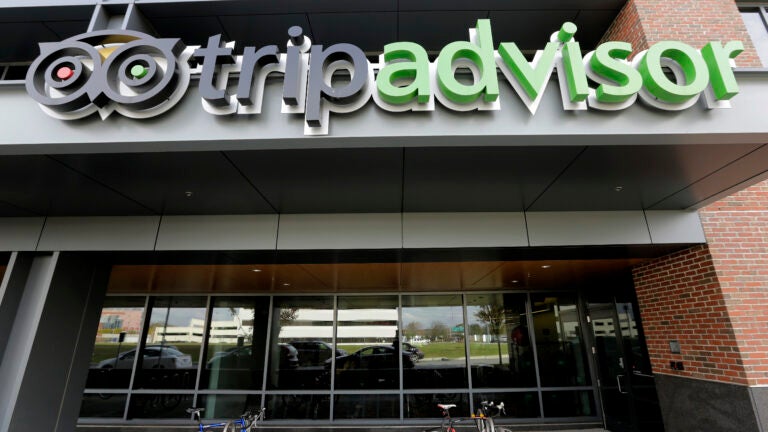Vaccine's not going to matter much, because this is a one-time mutation like a super-flu strain that only has a 1-2 year lifespan in the wild before the human population develops enough collective antibodies for it that the active strain quickly runs out its opportunity and goes almost immediately near-extinct. Normal everyday coronavirus that's always around us 24/7/365 is simply one of the Top 4 common-cold viruses...and not even one of the more prevalent ones. There's no common-cold vaccine like with flu because it's the proverbial catch-all "other" category of too-dissimilar source viruses, and flat-out isn't serious enough symptom-wise for the effort. "Regular" coronavirus is not a target worth expending bullets on like flu families are, so it won't ever be vaccinated in the same annual form.
The utility in a coronavirus vaccine is not for today. It's for safeguarding against the fact that this otherwise super-benign second-fiddle common cold player that's always around us has made 3 titanic mutation leaps to serious epidemic in the last 1-1/2 decades: SARS (2002-04, extinct since '04), MERS (2012-18...peak outbreaks in 2015 & 2018, considered non-extinct but no recorded cases in 2 years), and now COVID-19. SARS had the highest mortality rate of all, but was comparatively relatively difficult to transmit which is why it went extinct so fast after its main outbreak was contained. Symptomatic COVID is way less life-threatening than SARS, but by comparison is silly-easy to transmit. MERS was somewhere in the middle, and had more stratified tiers of mild (negligible-concern) vs. severe (life-threatening) symptomology than SARS or COVID. The horribly scary projection is that if standard benign ever-present background coronavirus has already made 3 titanic mutation leaps to deadly-and/or-contagious superbug like that in such a compressed timeframe, it's only a matter of time before the next such mutation manages to combine the infectiousness of COVID with the lethalness of SARS and go full-on 1918 scorched-earth killing millions across the planet. Therefore all the SARS and MERS vaccine research that was plodding along underfunded in the background is going to get swept up in research overdrive with COVID vaccine research and be 'the' front-burner med research initiative of the next couple years.
The end goal of researching vaccine production for the existing strains is NOT to ultimately come up with a shipping vaccine to inoculate the population against this current strain. COVID's very infectiousness means it'll be functionally extinct in 18 months from all the new antibodies the population builds up; in virology terms it bet too heavily on infectiousness for long-term survival of this particular mutation. The intense ongoing vaccine effort is so the next time plain-old benign corona mutates into a superbug they've got their shit sorted from *well-funded* vaccine research to be able to produce the on-demand vaccine that actually blunts the next outbreak's curve before it peaks...i.e. the savior that's missing right now. Because at the rate the virus is making these quantum-leap infectious mutations every few years we're going to have another one of these in anywhere from 5-15 years near-guaranteed. It's only a matter of chance luck whether the next one skews infectious exclusively, skews deadly exclusively, is neither here nor there, or manages to hit that doomsday jackpot of mix of worst-case infectiousness AND worst-case deadliness that delivers historic plague-level killing spree. We now have all the reason in the world to get our R&D house sorted so we're supremely well-prepared to pounce when the next one hits, because right now those future odds look pants-shitting scary.

 www.wcvb.com
www.wcvb.com



